May 5, 2024 | 08:48 GMT +7
May 5, 2024 | 08:48 GMT +7
Hotline: 0913.378.918
May 5, 2024 | 08:48 GMT +7
Hotline: 0913.378.918
The forum on "Research and innovation for increased environmental sustainability, low-emission agriculture, climate change adaptation and mitigation" outlined Vietnam's and the agriculture industry's new pledges, policies, and goals. The goal of fostering the application of science, technology, and innovation to improve the agricultural sector and rural areas in a green, responsible, and sustainable manner is stressed in particular.
Recent agricultural reform in Vietnam has yielded several significant breakthroughs. During the most challenging period, the agricultural sector demonstrated its position as the backbone of the economy by contributing to socioeconomic development with a consistent growth rate and increases in export volume. According to the Ministry of Agriculture and Rural Development, the total import and export turnover of agriculture, forestry, and fisheries in the first ten months of 2022 amounted to approximately USD 82.1 billion, an increase of 10.2% over the same period in the previous year, while exports reached over USD 44.9 billion, an increase of 14.2%.
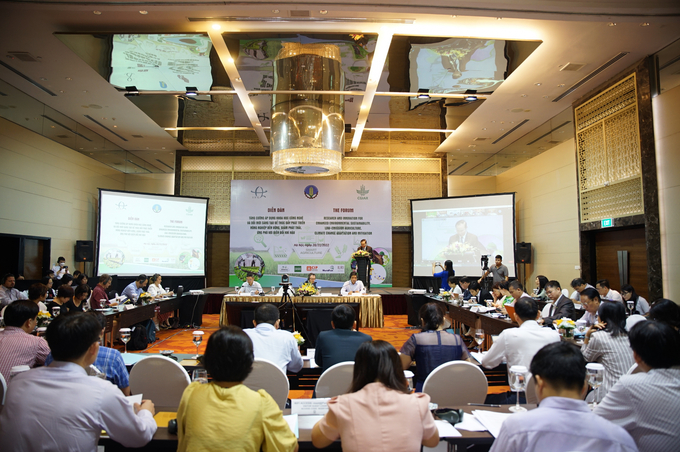
The forum on "Research and innovation for increased environmental sustainability, low-emission agriculture, climate change adaptation and mitigation" outlined Vietnam's and the agriculture industry's new pledges, policies, and goals. Photo: Dieu Linh.
Since Resolution No. 26-NQ/TW was adopted on agriculture, farmers, and rural regions on August 5, 2008, the importance of farmers and rural areas has increased. The lives of farmers have been given greater consideration as a result of the various successes of rural development.
Mr. Tran Cong Thang, Director of the Institute of Policy and Strategy for Agriculture and Rural Development (IPSARD), stated that Vietnam's agriculture has some limitations, such as the growth rate has slowed over the past five years despite stable growth, plant biological productivity is good but not yet effective, and agricultural growth depends more on land utilization and inputs than on science and technology.
Moreover, in terms of development chances for the rural population, the underlying circumstances for development in rural regions remain solid, but employment opportunities, training, and access to high-quality services are still limited. The New Rural Program has offered several opportunities, yet rural inhabitants' organization and community remain restricted.
The IPSARD official stated that Vietnam has a variety of policy structures in place to facilitate more efficient sustainable agriculture transformation. Resolution 19/TW on agriculture, farmers, and rural regions is one of those with a significant impact and a wide scope. This is a policy with several new elements, stressing and combining all the prior concepts of "tam nong" (agriculture, rural areas, and farmers), with an emphasis on capacity building and professionalization of farmers.
In addition, Mr. Thang outlined the Strategy for Sustainable Agriculture and Rural Development from 2021 to 2030, with a view to 2050. This strategy encompasses a variety of specific programs and projects, including strategies for sub-sectors of livestock, fisheries, forestry, irrigation, mechanization, science and technology, cooperatives...; New Rural Programs; Seed Programs, Biotechnology Programs, High-tech agricultural zone, and planning zone; National Brand Program; Program on Sustainable Agricultural Development in the Mekong Delta; Climate change adaptation strategy, among others.
In the new context of epidemics, Industry 4.0, geopolitical developments, climate change, etc., the agricultural sector has developed several orientations, plans, policies, and solutions in order to preserve its position as the economic backbone. In which there is a shift in governmental management and an expansion of the private sector's and individuals' roles in the agriculture sector. Vietnam is regarded as a developed nation in terms of openness, but in order to capitalize on prospects, the agricultural sector must adapt its production philosophy to suit more stringent market expectations.
Ms. Nguyen Giang Thu, Deputy Director of the Department of Science, Technology, and Environment (MARD), also discussed the draft Strategy for Science and Technology Development and Industry Innovation of Agriculture and Rural Development to 2030, with a vision to 2050, in relation to the application of science and technology in the agricultural sector.
According to Ms. Thu, the draft is now being presented and will be authorized in the near future to support the transformation of the agricultural and rural development sector from a concentration on productivity to a concentration on efficiency and multi-value.
The plan is based on four basic tenets, among which the development of science, technology, and innovation are essential responsibilities for laying the groundwork for agricultural growth in conjunction with the new rural building. The strategy aims to improve the country's high research and transfer potential; to absorb foreign scientific and technological achievements; to focus on source technology, core technology, and the achievements of the fourth industrial revolution; and to actively and actively integrate into the global science and technology and innovation in agriculture and rural development communities.
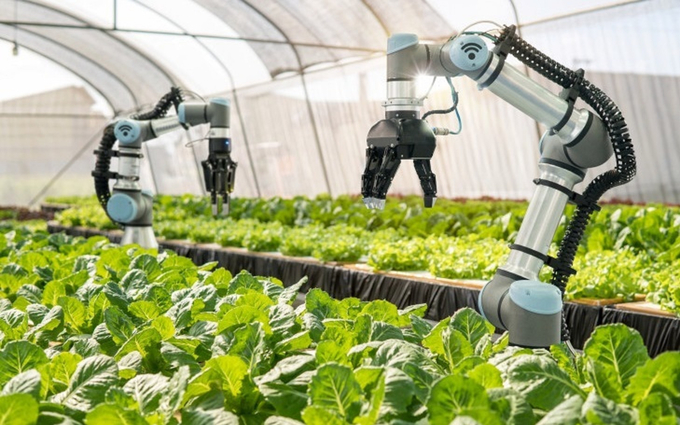
The agricultural development strategy will focus on source technology, core technology, and achievements of the fourth industrial revolution.
In the Strategy, critical concerns are emphasized in bold. Specifically, the Strategy acknowledges the importance of science, technology, and innovation as a significant driving factor in the development of agriculture with high levels of production, quality, efficiency, and competitiveness. Developing a network of agricultural science and technology groups with suitable credentials and potential. Enterprises play a major role in socioeconomic development, and the approach of augmenting innovation's content is a bridge to bring science and technology to its service.
Strategies for directing the reform of methods and establishing institutions to promote industrial science, technology, and innovation. In which the comprehensive structure of the system of public science and technology research institutions is gradually transformed into a mechanism of autonomy and self-responsibility; the effectiveness of public investment in scientific research and technology transfer is enhanced, and investment is socialized.
In addition, focus on constructing exceptional specific institutions, mechanisms, and policies, promoting technology application and transfer; removing barriers to the legal system and economic and financial policies for scientific and technological activities and innovation; and permitting the implementation of a mechanism for testing new policies, taking risks in the deployment and application of new technologies, innovations, and business models.
In the Strategy, critical concerns are emphasized in bold. Specifically, the Strategy acknowledges the importance of science, technology, and innovation as a significant driving factor in the development of agriculture with high levels of production, quality, efficiency, and competitiveness. Developing a network of agricultural science and technology groups with suitable credentials and potential. Enterprises play a major role in socioeconomic development, and the approach of augmenting innovation's content is a bridge to bring science and technology to its service.
Strategies for directing the reform of methods and establishing institutions to promote industrial science, technology, and innovation. In which the comprehensive structure of the system of public science and technology research institutions is gradually transformed into a mechanism of autonomy and self-responsibility; the effectiveness of public investment in scientific research and technology transfer is enhanced, and investment is socialized.
Translated by Linh Linh
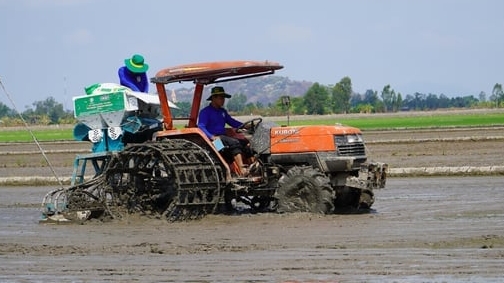
(VAN) According to the draft payment scheme for emission reduction results from the Project for one million hectares of high-quality rice, farmers in cooperatives and cooperative groups will be the primary beneficiaries.
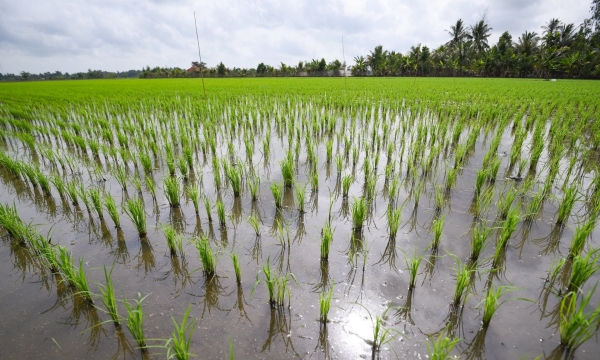
(VAN) Minister Le Minh Hoan has urged for a solution to effectively communicate the benefits of applying emission-reducing agriculture practices in the 1 million hectares of high-quality rice project in the Mekong Delta.
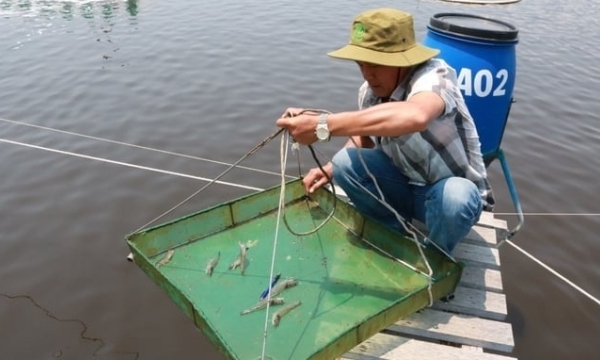
(VAN) According to the Department of Animal Health, Vietnam currently has 32 disease-free shrimp production facilities nationwide, including 27 facilities with a post larvae capacity of 38 billion per year.
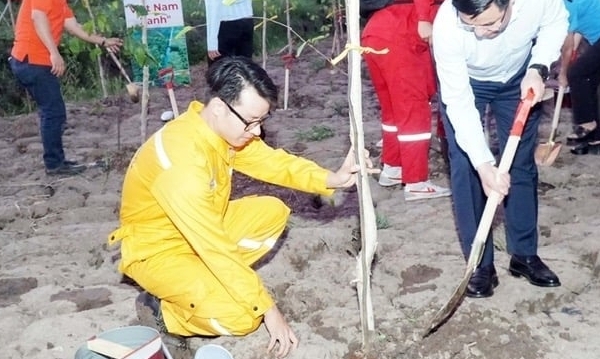
(VAN) Vietnam Oil and Gas Group (Petrovietnam) has just launched a tree planting ceremony in Tran Hoi commune and inaugurated a rural traffic bridge in Khanh Binh Tay Bac commune, Tran Van Thoi district.

(VAN) On April 25, Vinamilk held the 2024 General Meeting of Shareholders and set a target of 4.4% growth in revenue and 5% in pre-profit tax.
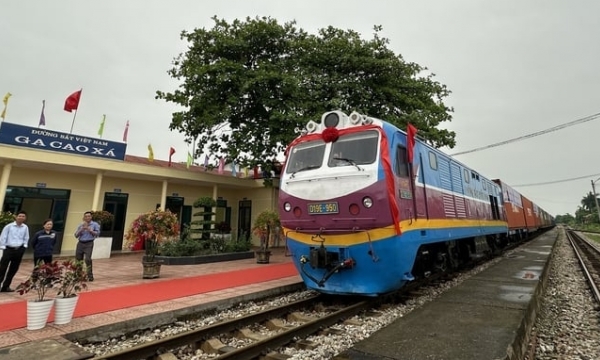
(VAN) On May 2nd, Vietnam Railways and the Hai Duong People's Committee inaugurated the first train from Cao Xa station to international transportation.
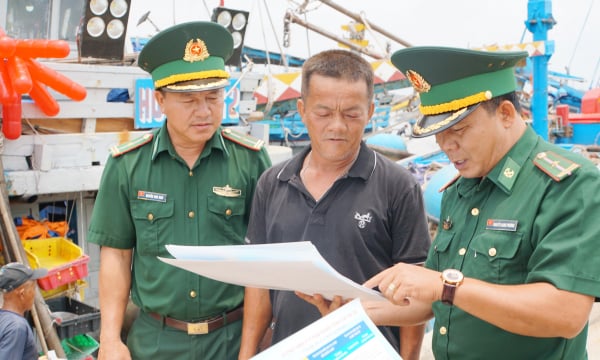
(VAN) MARD has sent a paper to the Ba Ria – Vung Tau province on the prioritization of combatting IUU fishing and the upcoming fifth inspection by the EC delegation.